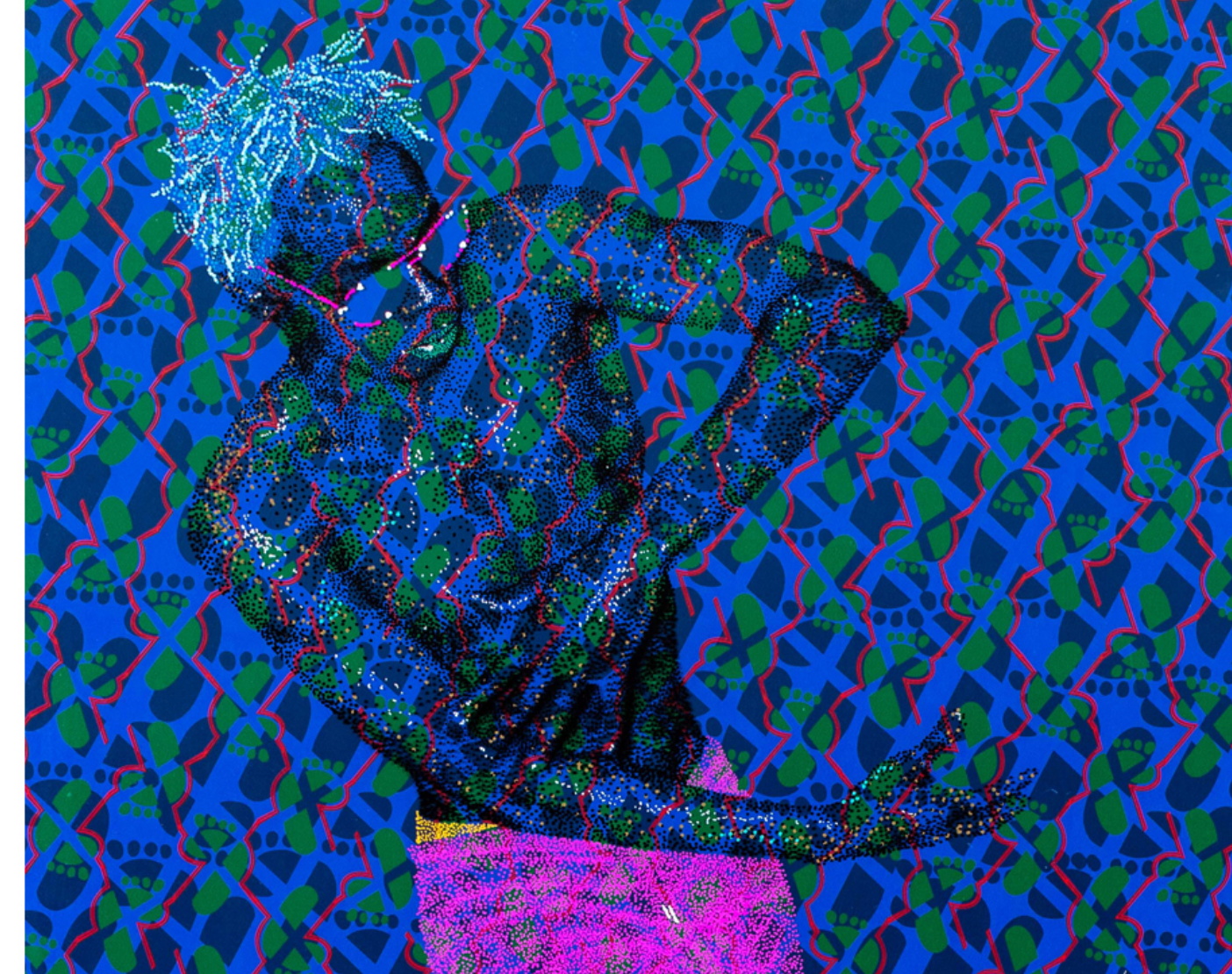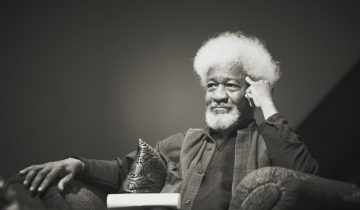The very essence of collaboration can be likened to a finely tuned orchestra, a dance of complementary partners, or even the delicate process of preparing an exquisite dish. It is in this realm of mutual exchange that we find the beating heart of creativity, and nowhere is this more evident than in the African art scene. Over the years, the continent’s artists have woven a tapestry of collaboration that spans myriad disciplines, cultures, and geographies. In this journal, we shall explore the power of collaboration among African artists and the ways in which it has led to their success, global recognition, cultural exchange, and economic growth.
Historical Context of Collaboration in African Art
Since time immemorial, collaboration has been a cornerstone of traditional African art. Communities would come together to create intricate sculptures, paintings, textiles, and other crafts as a collective effort. This cooperative spirit has been ingrained in African culture for centuries, with each generation building upon the foundations of the last.
Colonialism, however, threatened this collaborative ethos. As European powers carved up the continent, they sought to impose their cultural values and aesthetics on the African people. Traditional art forms were discouraged, and artists were compelled to adapt to foreign styles. In some cases, the creative process was reduced to a mere commercial endeavor, with African artists producing works for the European market.
Nevertheless, the winds of change began to blow in the post-independence era, as newly formed nations sought to reassert their cultural identities. Artists across Africa began to rekindle the spirit of collaboration, reaching out to each other and finding ways to preserve, reinvent, and promote their art. This resurgence of collaborative projects has played a pivotal role in the evolution of contemporary African art.
The Role of Collaboration in Contemporary African Art
In the modern age, collaboration has taken on new dimensions. Artists are no longer bound by geographical constraints, as cross-disciplinary and cross-cultural collaborations have become increasingly prevalent. A shining example is the partnership between South African artist William Kentridge and Malian musician and composer Ali Farka Touré. Their groundbreaking work fuses visual art with sound, creating an immersive experience that has captivated audiences around the world. This unique melding of disciplines transcends boundaries and serves as a testament to the power of collaboration in the African art scene.
Collectives and initiatives have also played a significant role in fostering collaboration among African artists. Groups such as the Nsukka Group in Nigeria, the Casablanca School in Morocco, and the Kampala Art Biennale in Uganda have served as creative hubs, providing platforms for artists to share ideas, resources, and opportunities. These collectives not only nurture individual talent but also contribute to the vibrancy and growth of the local art scenes.
Collaboration also fuels skill development and innovation. By pooling their knowledge and techniques, artists can explore new artistic frontiers, blending traditional and modern elements in their work. The advent of technology has further expanded the realm of collaboration, as artists can now connect and share their work digitally, transcending geographical and logistical barriers.
One such case is the collaboration between Kenyan artist Evans Mbugua with two contemporary dancers in Paris: Wanjiru Kamuyu (Kenya) and Smaïl Kanouté (Mali). Together, they created the “Body Talk” series which Mr Mbugua had been exploring since 2017 as the body language in contemporary dance through the lens of a contemporary visual artist. This partnership not only pushed the boundaries of their respective artistic styles but also showcased the dynamic potential of African artists working together.

Paris: Wanjiru Kamuyu (Kenya) and Smaïl Kanouté (Mali).
Economic Impact of Collaboration among African Artists
As artists collaborate and create groundbreaking works, their success often reverberates beyond the confines of the art world. Their achievements can bolster local economies, as art fairs, exhibitions, and cultural events draw in international attention and investments. The annual Dak’Art Biennale, held in Dakar, Senegal, is a prime example of the economic impact of such collaborative efforts. The event attracts artists from across the continent and beyond, fostering a lively exchange of ideas and cultures. As collectors and art enthusiasts flock to the city, local businesses benefit from the influx of visitors, generating a significant boost to the economy.
Collaboration also has the power to attract international investments and collectors. African artists have been steadily gaining recognition on the global stage, with works by the likes of El Anatsui, Julie Mehretu, and Yinka Shonibare commanding impressive prices at auction houses and galleries worldwide. As collectors seek to acquire these highly sought-after pieces, the financial rewards for the artists and their communities are substantial.
Moreover, collaborative projects can empower artists by providing them with sustainable income opportunities. By working together and pooling resources, artists can tap into a broader market and reach a wider audience, increasing their chances of success. In turn, this financial stability enables them to continue creating and innovating, contributing to the growth and development of their respective art scenes.
The promotion of cultural tourism and creative industries is another significant economic benefit of collaboration among African artists. As travellers seek authentic and unique experiences, they are increasingly drawn to destinations where they can engage with local art and culture. Collaborative projects and events showcase the rich and diverse artistic heritage of Africa, attracting visitors and generating revenue for the tourism industry.
Challenges and Potential Drawbacks of Collaboration
Despite the myriad benefits of collaboration, it is not without its challenges and potential drawbacks. Intellectual property rights and legal issues can arise when artists work together, especially in cases where the lines between individual contributions are blurred. Establishing clear agreements and contracts from the outset can help mitigate these risks and ensure that all parties are fairly recognized and compensated for their work.
Creative differences and conflicts can also pose a challenge to successful collaboration. As artists come together with their distinct visions and ideas, disagreements are inevitable. However, it is precisely these differences that can lead to innovative and groundbreaking work, provided that artists are willing to listen, compromise, and find common ground.
Furthermore, exploitation and unequal power dynamics can occur in collaborative projects, particularly when one party holds more resources or influence than the other. Ethical collaboration requires all parties to be treated fairly and equitably, with a focus on shared goals and mutual respect.
In conclusion, the power of collaboration has had a profound impact on the success and global recognition of African artists. By fostering cultural exchange, creative synergy, and economic growth, these collaborative endeavours have not only enriched the lives of the artists themselves but also contributed to the development of their communities and the broader art world.
As we look to the future, the potential for collaboration to continue driving innovation and growth in the African art scene is immense. To fully harness this potential, it is imperative to address the challenges and promote ethical collaboration practices. Only then can we truly celebrate the remarkable tapestry of creativity that is woven by African artists working together.





 No products in the basket.
No products in the basket.